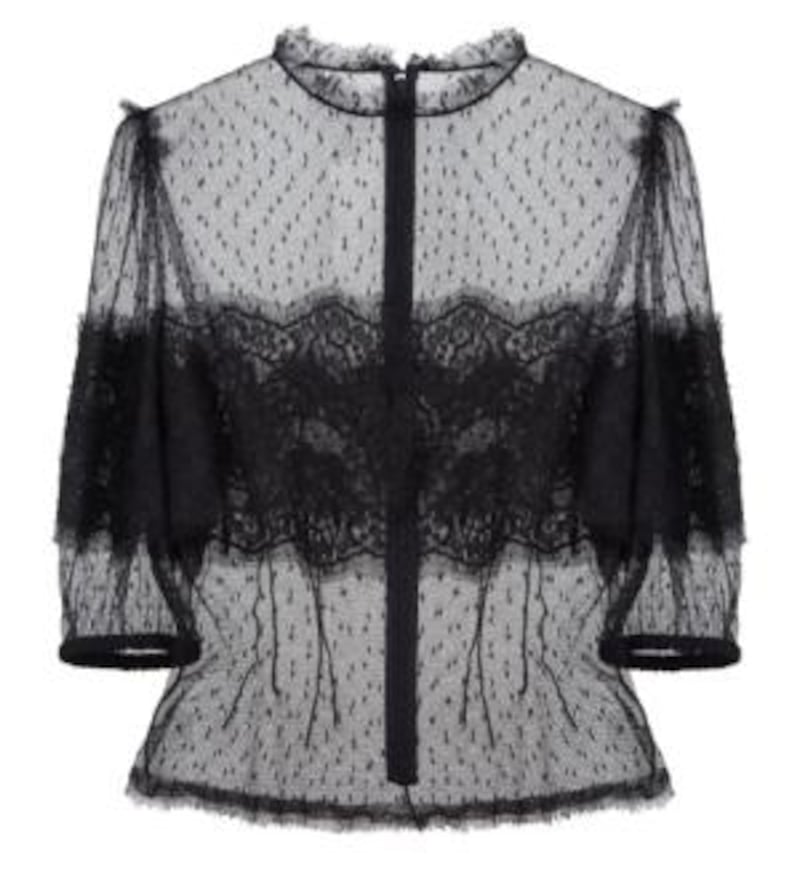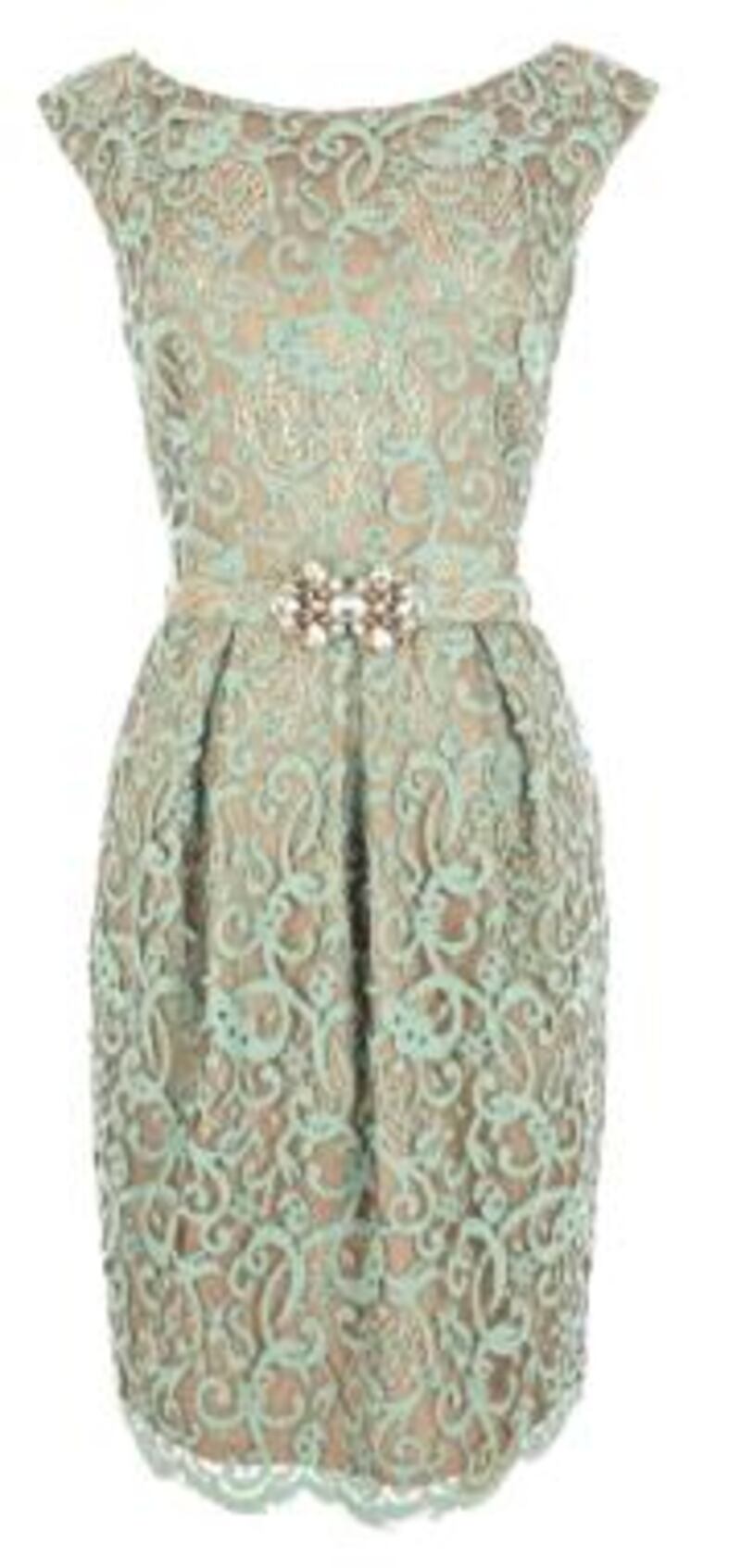I want to look amazing and save the world at the same time. What are my options?
If you're starting to think about your footprint in a more meaningful way than the pattern your Havaianas leave in the sand, then you're either a parent or you've matured into a phase of life in which you are no longer at the epicentre. Either way, you've started thinking about big themes.
As labyrinthine as the art of being stylish is, the world of ethical fashion is a warped and often contradictory minefield. What are the considerations? Well, we’re thinking about impact here – human impact and environmental impact. The first is about provenance. Following the anniversary of the Rana Plaza disaster in April 2013, if you have to ask yourself, “How can they make that garment so cheaply?” then, let’s face it, you already know the answer.
The second impact is environmental and that's far less straightforward. We live in a world where genetically modified cotton has considerably less environmental impact than organic cotton, yet no "ethical" producer will touch it, tainted as it is by the GM stamp. And, according to Intelligent Life, fair trade cotton has lower environmental standards than organic. Confused? So are we.
In times of crisis, one needs a hero and several have risen to the task. Re-Dress was conceived in Ireland in 2008 with the goal of promoting meaningful change towards better practices and a sustainable future for the fashion industry.
Among its body of work is a slow fashion brand called We Are Islanders, featuring beautiful “tide-dyed” pieces created in Dublin Bay. In 2009 Livia Firth launched the Green Carpet Challenge, taking ethical fashion out of the hemp shop and into the celebrity spotlight. She has become a firm fan of vegan handbag brand CoraLlei, by Irish designer Lorna Burton. Firth has whipped the A list into brandishing their world-saving credentials, Marion Cotillard and Michael Fassbender among them. Sold.
H&M have had blanket media coverage for its Conscious Collection, introducing ethics to the mass market.
Although, we must accept that ethics by their nature are nuanced. According to the manifesto of the Green Carpet Challenge: “There is no legal or agreed definition of sustainable style or ethical fashion.” Oh well.
I’m nearly afraid to ask,
but is lace getting, well, kind of cool?

Somewhere between a soap opera barmaid and the ubiquitous wedding guest lies our general perception of lace. Oh sure, go back in time to the artisanal luxury of handcrafted Irish lace and you will find textile treasures as delicate as a butterfly’s wing. But, unless you’re a duchess, lace is now mass-produced, and the second Lycra was introduced, the pendulum swung sharply away from a thing of beauty.
The Design and Crafts Council of Ireland is currently conducting an audit of historic Irish lace and just closed the wonderful Interlace exhibition in the National Craft Gallery, turning preconceptions of lace firmly on their head. Suddenly fashion designers are re-visioning lace into a new world of possibilities. Peter Pilotto offered sharp contemporary lace pieces and Burberry Prorsum mixed lace with masculine shapes to refresh the look.

Natalie B Coleman, who incidentally featured in Interlace, transcended preconceptions with her slate grey shorts suit, which is viciously urbane. A lace biker jacket may seem paradoxical but works in the hands of Christopher Kane at Harvey Nichols.
If we must revisit the wedding guest, then René Derhy’s Mint lace dress (left), at Rococo, picks up the palette of Versailles and does an extremely flattering job on the hips. Frock Advisor suggests nude kitten heels, an ivory tuxedo jacket with a large clutch, absolutely forbidding platforms and a smoky eye. Lace is more, as they say. For more advice on what to wear and how to wear it, see frockadvisor.com
You can download the frockadvisor app at the App Store and Google Play











